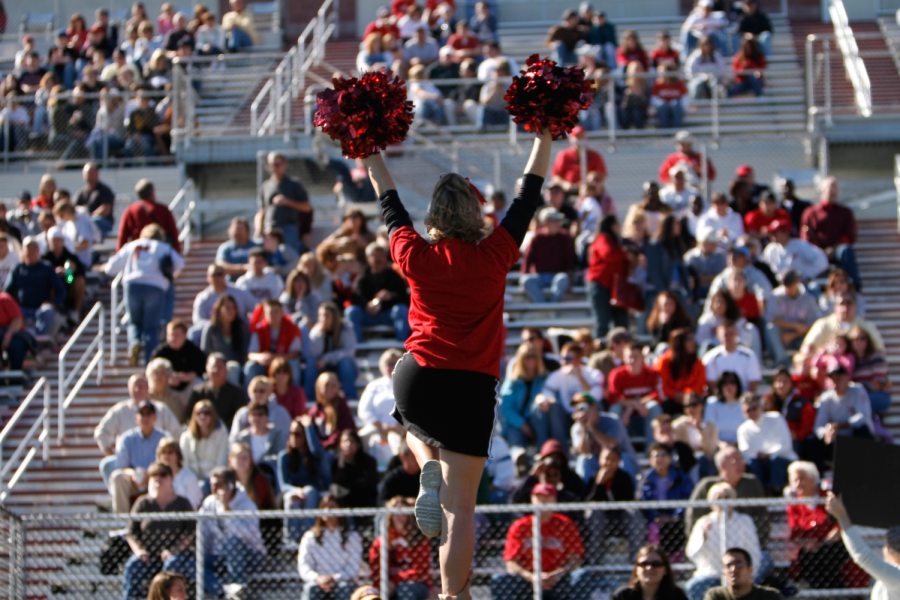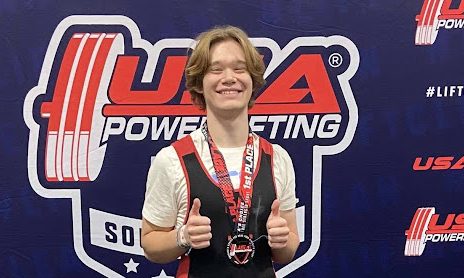Diet culture in sports
Used with Permission by Canva for Education/Getty Images/Dan68
Diet Culture is commonly misconceived in all-star cheerleading along with other female sports.
November 28, 2022
Diet culture can be considered a touchy subject within athletics. It is a social expectation that tells people how they should eat and look. Diet Culture can be seen as discussing calories, comments on an individual’s shape or size and lessons that emphasize health. Athletes specifically also have an extra layer of pressure to fit into a body stereotype.
The all-star cheerleading community has been exclusively known for enforcing disciplinary diet plans on their athletes. This gives a cheerleader an expectation that they must be either skinny or fit to fulfill the stereotypical norms. As a cheerleader for over ten years myself, I have seen this enforced throughout the industry. Over the years, this stereotype has partly changed into being more accepting of bodies who don’t fit the ‘standard.’
All-star cheerleading, incorporates uniforms and practice gear which can be seen as revealing. Per the USASF rules, all cheerleaders in the senior division are required to wear ‘half top’ uniforms and skirts. Some gyms however, prefer to continue the ‘full top’ uniform in their entire gym, no matter the age. Having revealing attire can put the perception on athletes that they are not covered and can easily be revealed. This factor might put the idea into someone’s head that they have to look a certain way.
It has been known, in the cheerleading world for most, not all, but most gyms to enforce a diet on their athletes. It is understandable for a coach to want their athletes to succeed, but these dietary restrictions can influence athletes to develop an eating disorder.
According to Eating Disorder Hope’s website, “Up to 45% of female athletes, and 19% of male athletes, struggle with an eating disorder. Among high school students, rates of eating disorders among athletes is higher than non-athletes.`
Social media plays a huge role in diet culture. Some of the most famous athletes in cheerleading, such as Gabi Butler, Ryan Cummings and Jamie Andres, all influence the importance of being skinny and eating a certain way. This reflects on their fans and people who look up to them. Most fans that view these role models are young girls. These fans begin following their habits, which may not always be healthy, at such a young age that can negatively impact someone.
Diet culture is not only seen in cheerleading, but in all sports. Conceptions that can imply to the diet culture being enforced are: pressure, revealing uniforms, exercise behaviors and the expectation that a “good athlete” is a “skinny athlete.” For most sports, being in shape is an important factor to succeed. But that statement can be easily misconstrued. As the “athletic standards” change, it is important for athletes to know how to fuel their bodies in a way where they are managing to get enough nutrients but also noticing the right and wrong in dieting.









